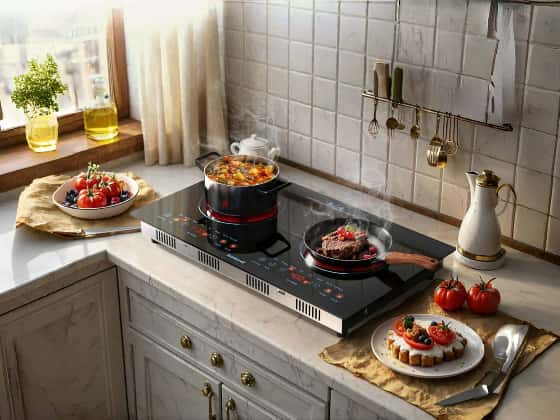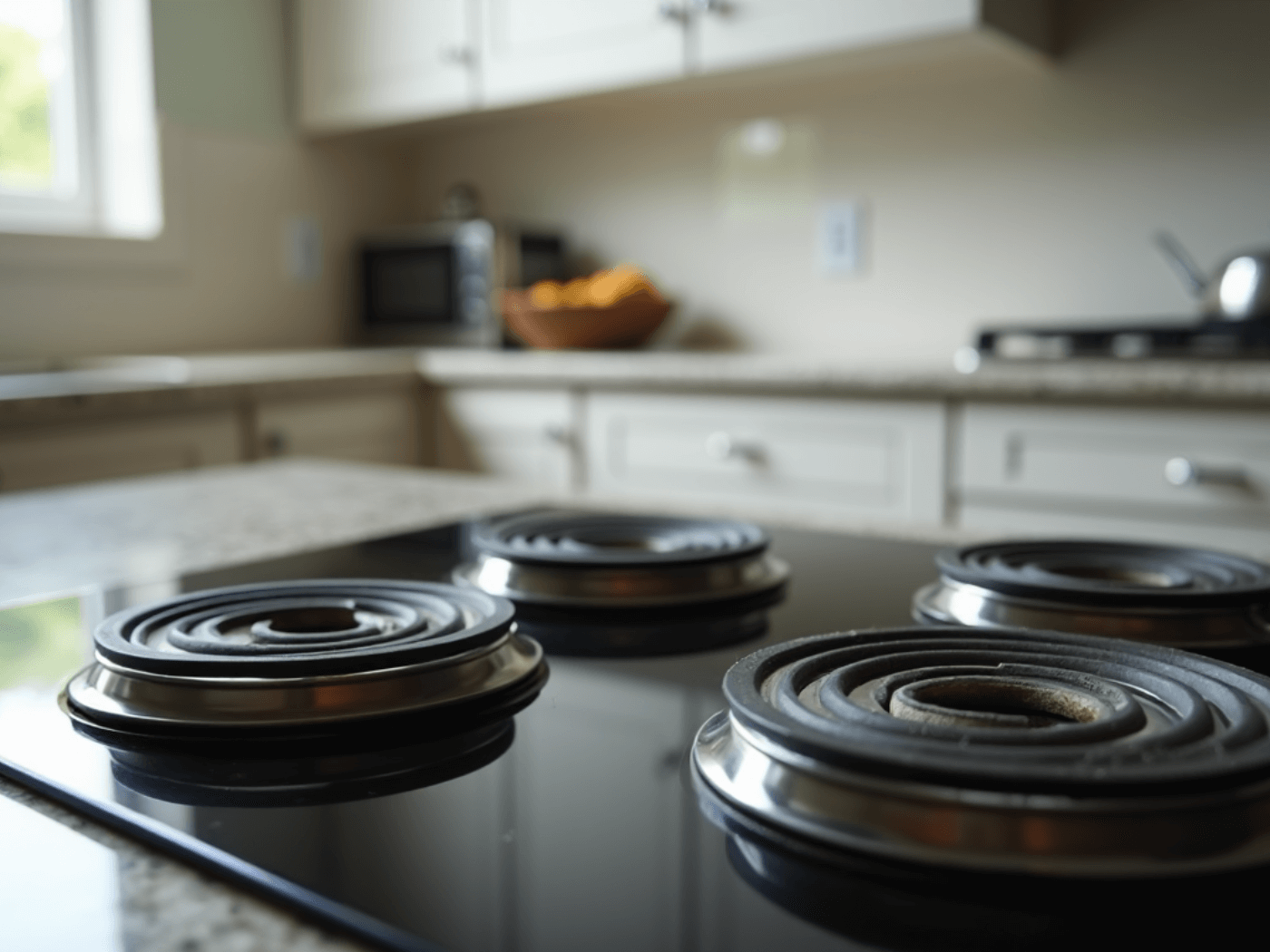
What Not to Use on an Electric Cooktop?
1. Cookware having rough or unfinished bottoms.
The smoothness of the bottom surface is an important factor to consider when purchasing cookware for an electric cooktop. Cookware made of materials with rough or unfinished bases, such as ceramic or stoneware, should be avoided. These abrasive surfaces can cause deep scratches and abrasions on the glass or ceramic cooktop, leaving ugly markings and potentially jeopardizing the cooktop's structural integrity. Furthermore, rough-bottomed cookware can generate hot patches while cooking, resulting in uneven heat distribution. Instead, use cookware with a flat, smooth bottom to ensure even contact with the heating element and more consistent cooking outcomes.
2. Cast Iron Cookware

3. Cookware Made from Glass or Plastic
Cookware composed of glass or plastic is not recommended for use on electric cooktops due to inherent characteristics and safety issues. Glass cookware is especially dangerous because it can shatter when subjected to abrupt temperature changes, which frequently occur when put on a hot burner. Similarly, plastic cookware carries major concerns since it can melt, deform, or emit dangerous chemicals when exposed to high temperatures, posing possible hazards and causing irreversible damage to the stovetop surface. To cook safely and effectively, always use materials that are specifically intended to resist high temperatures, such as high-quality stainless steel or aluminum.4. Cookware with Curved or Rounded Bottoms
Pans and pots with rounded or curved bottoms are likewise not suited for electric cooktops due to design constraints. These geometries can cause severely uneven heat distribution, resulting in inconsistent and badly cooked food. Furthermore, the inherent instability of rounded bottoms can lead cookware to wobble or topple over during cooking, providing a significant safety concern to users. It is strongly advised to choose cookware with a perfectly flat bottom that rests securely on the stovetop surface, ensuring optimal heat transfer, cooking efficiency, and stability during usage.
5.Overly Thin or Lightweight Cookware
Excessively thin or lightweight cookware offers major dangers when used on electric cooktops. These materials are especially sensitive to warping at high temperatures, resulting in an uneven cooking surface and compromising the quality of your meals. Warping can also cause poor contact between the cookware and the heating element, resulting in inefficient heat transfer and higher energy usage. Furthermore, warped cookware can permanently harm the cooktop surface, necessitating costly repairs or replacement. Heavy-bottomed pans are highly recommended because they provide better heat retention and more even heat dispersion throughout the cooking surface. When selecting cookware for an electric cooktop, consider selections with substantial construction, proper weight, and special design components intended for use on an electric cooktop.
Conclusion
To summarize, choosing the right cookware is critical to ensuring the best performance and longevity from your electric cooktop. It is critical to avoid using utensils made of materials that melt easily, such as plastic or glass, and to remove ceramic cookware with rough or uneven bases from your kitchen arsenal. To avoid damage and maintain safety, do not use cast iron cookware, pots and pans with rounded bottoms, or abrasive cleaning materials. By carefully selecting appropriate cookware and following basic maintenance methods, you can optimize the benefits of your electric cooktop while keeping it in outstanding shape for many years of dependable use.










